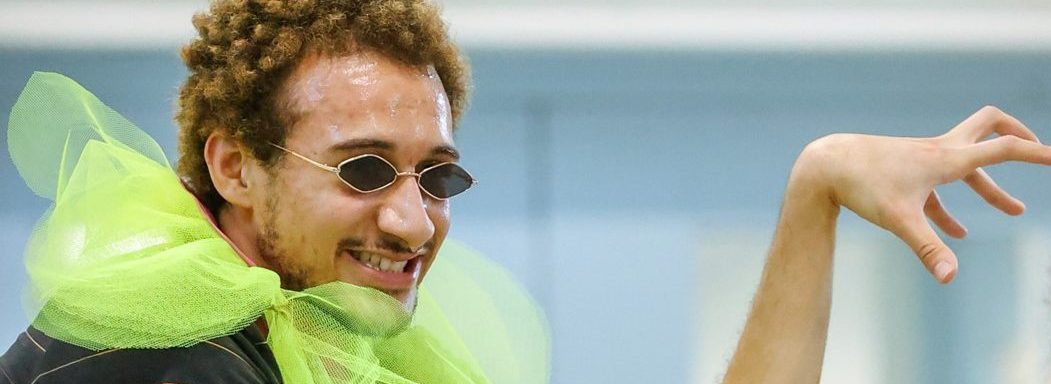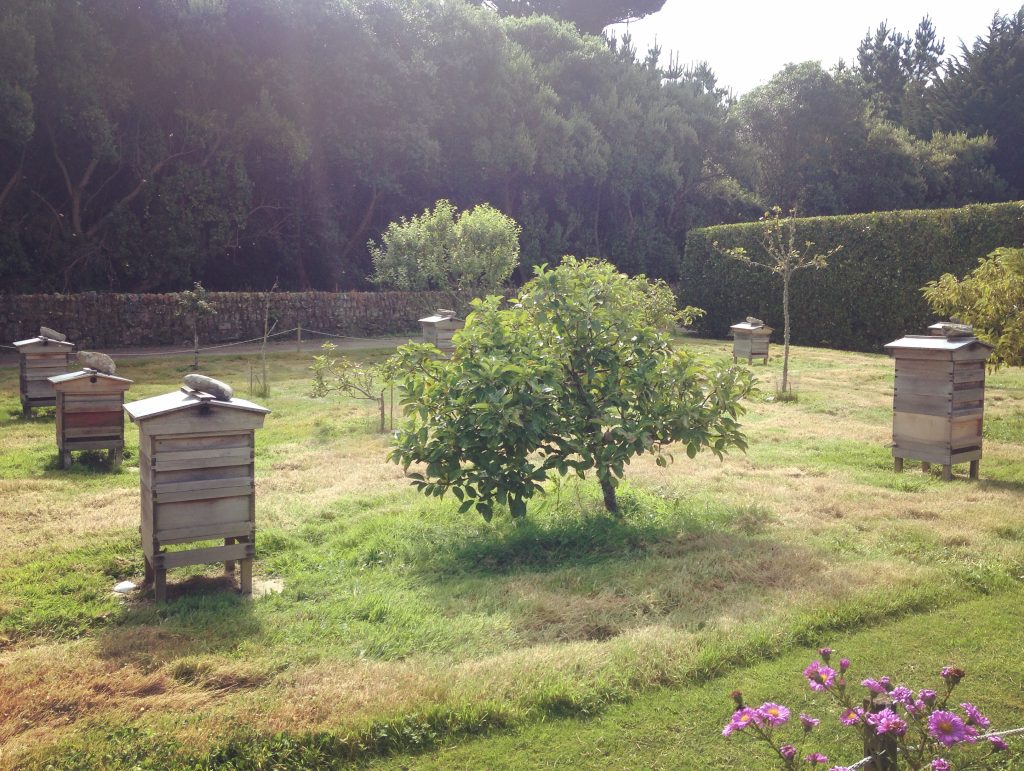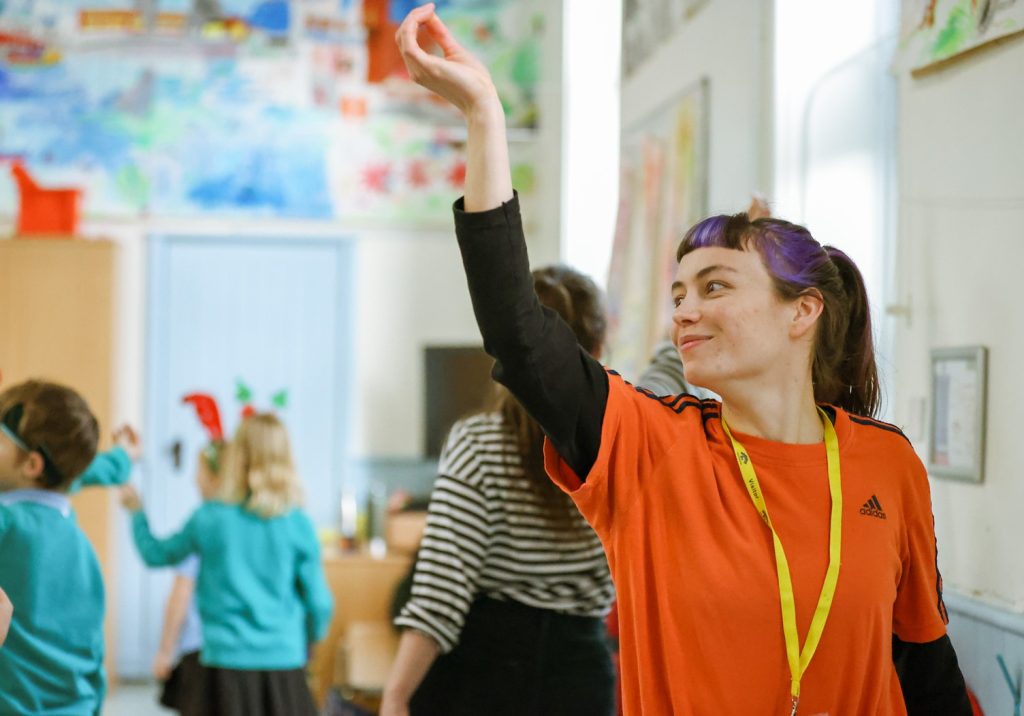

Dr Rosamund Portus
Lecturer in Environmental Management
University of the West of England

Ruby Portus
Dancer/Choreographer
Post Graduate from Northern School of Contemporary Dance

Erika Peklanska
Postgraduate Researcher
University of the West of England

Tom Walmsley
Director
Nature Connection CIC
This project engages primary school children with a dance and storytelling workshop about bee decline, using social science methods to examine the significance of active storytelling for increasing children’s sense of agency over environmental crises. Through this work we will:

We are working with schools to run environmental storytelling workshops, centred around the story of a fictional bee called Bibi. The workshops will involve children watching a dance show about Bibi’s journey to ‘find her purpose as a bee’, making up their own dance shows inspired by Bibi’s story, and making seed bombs to help support Bibi the bee. Following the workshops, children will participate in group discussions with researchers and fill out individual, child-friendly surveys. Through these research activities we will explore how children experienced the workshop they took part in, what impact it may have had as an educational intervention, and possibilities for future workshops of this nature.

This project is envisioned as a participatory process in which children will help develop ideas for future projects of this nature. Recognising the children’s important role as co-producers of this knowledge, all project outcomes and developments will be communicated to participating schools, and they will be invited to participate in any future opportunities.
The workshop and research activities have been developed with equality, diversity, and inclusion as key considerations. For example, as well as being designed to take place during school hours, all project activities have been designed in mind of the complex and varied needs of participating children (and can be adapted as needs be).
Considerations for environmental sustainability will be embedded through the whole project, shaping our methods and practices. Key environmental considerations we have identified centre around travel, materials, and project impact. For example, where possible, we will reduce the use of materials such as paper and plastic i.e. using online consent forms, and not purchasing any materials for the workshops which are packaged in single-use plastic.
ARTICLE
by Rosamund Portus, Sara-Jayne Williams, Erika Peklanska, Ruby Portus and Tom Walmsley
This article considers innovative research in neuroscience and psychology showing that we need to transform environmental storytelling, moving away from stories focused on awareness raising, to ones which develop people’s capacity for action.
The authors investigate how this knowledge might be applied in an environmental education context, developing a model for action-based storytelling in the classroom. They examine how this supports children’s engagement in and sense of agency over environmental issues and outline a model for action-based storytelling which might be adapted by educators.